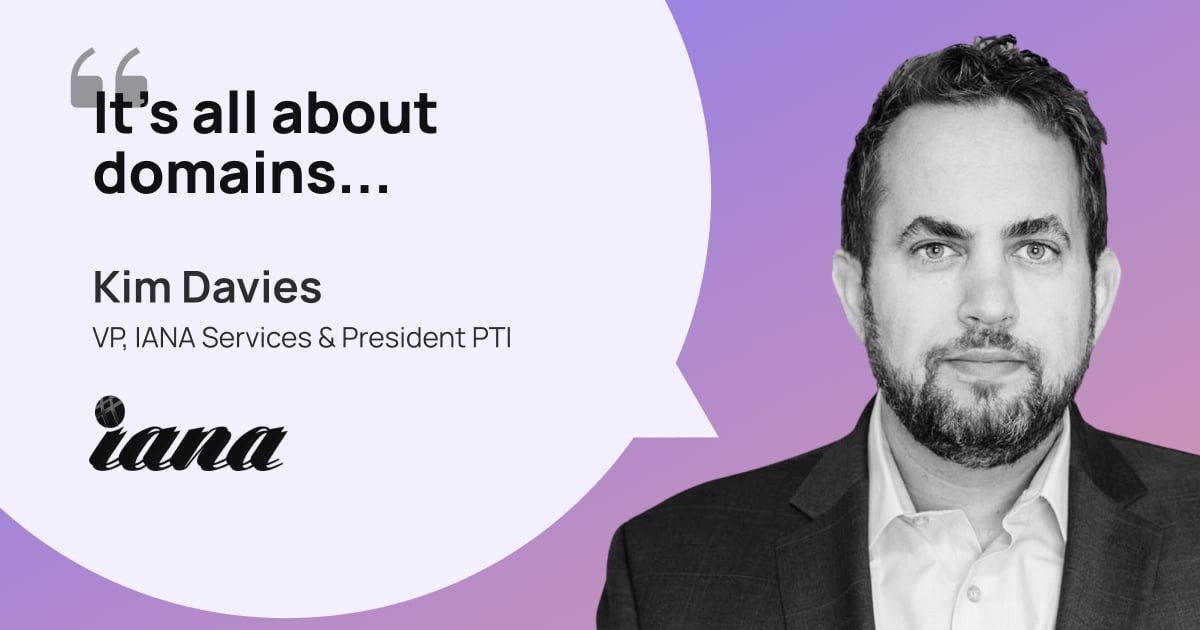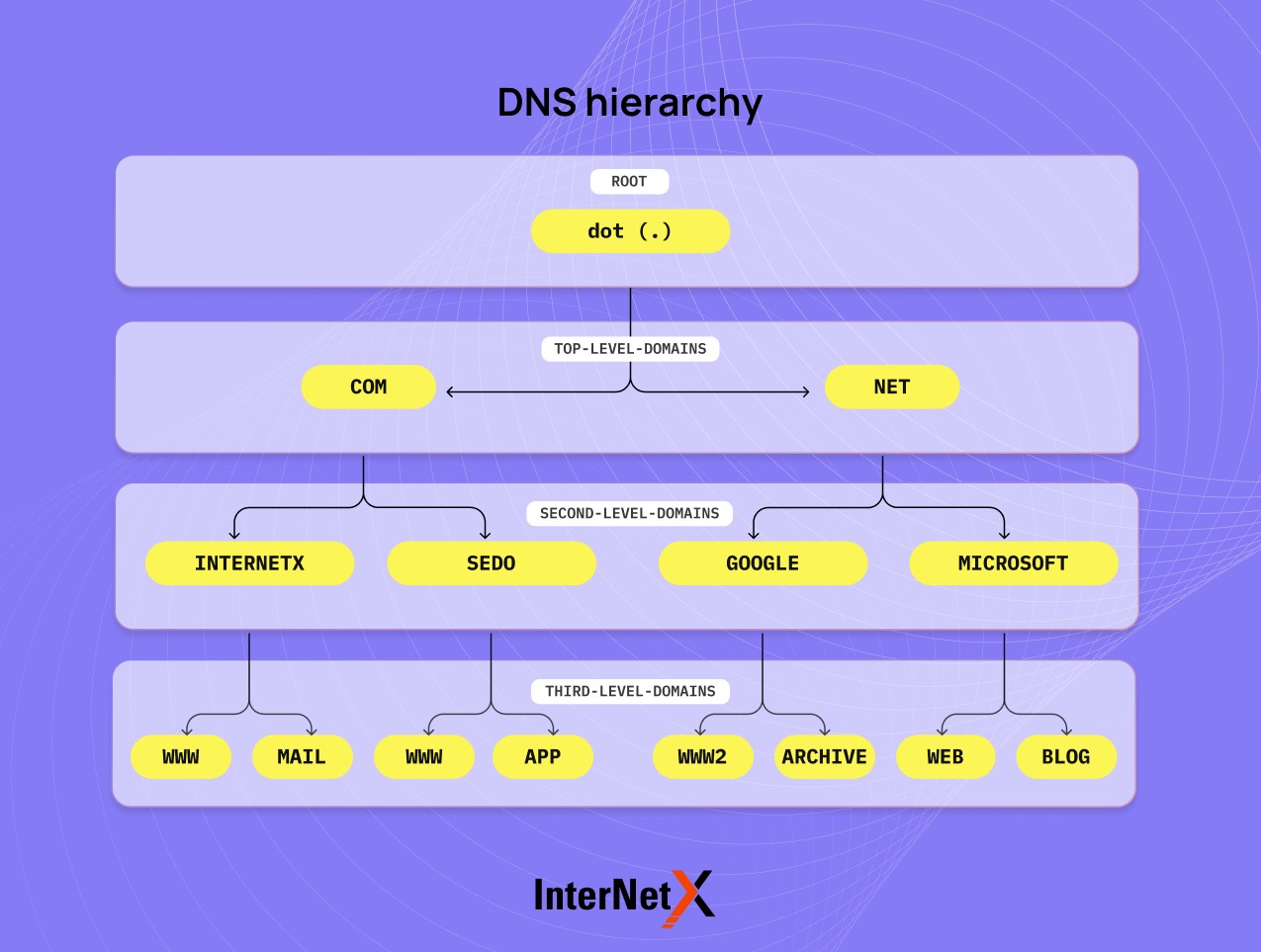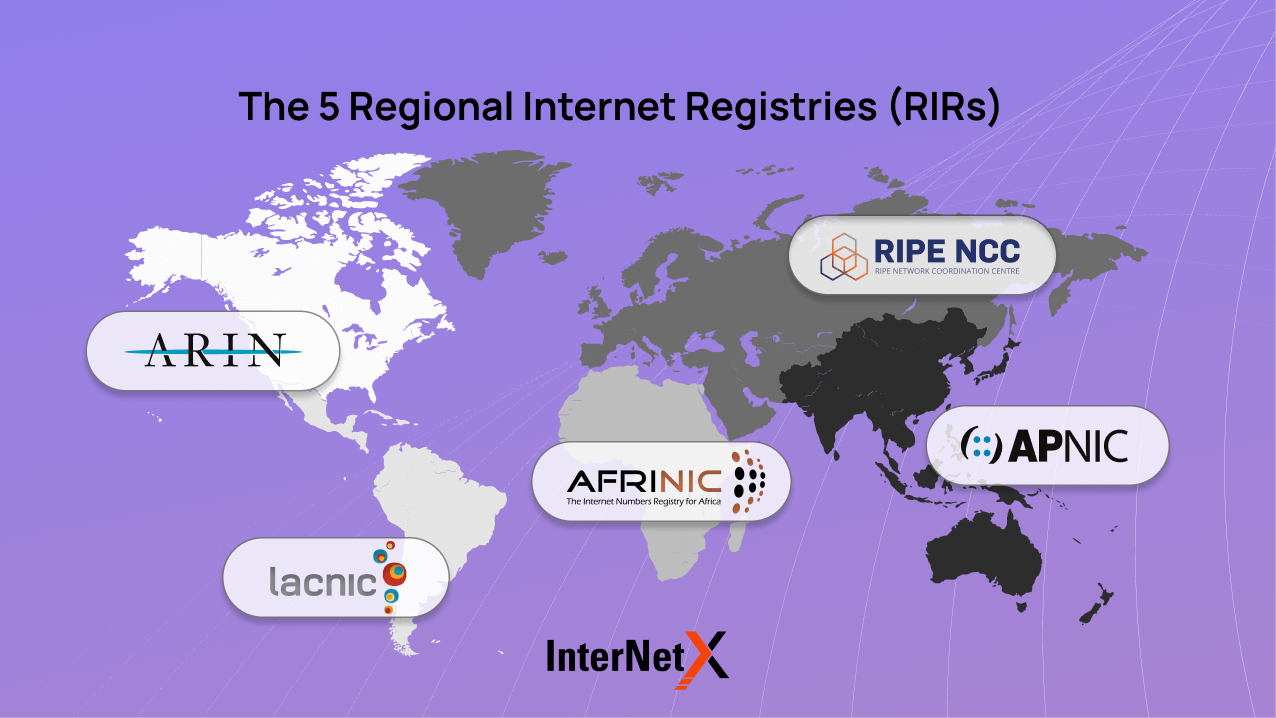
It’s all about domains… | Kim Davies (IANA)

Devices and services on the internet need to speak a common language to interoperate.
Published by

Simone Catania
Date
Internet interoperability is at the heart of our connected world. It enables devices, services and systems to communicate and cooperate seamlessly, regardless of the technologies they use or the networks they are connected to. This essential interoperability is made possible through the coordination of unique identifiers, which ensure that everything on the internet has a distinct and recognizable identity. IANA, short for the Internet Assigned Numbers Authority, is the coordination entity in charge of this pivotal role. It manages and coordinates internet identifiers to ensure the internet’s stability, security and smooth functioning. IANA’s responsibilities are vast and essential for the internet’s daily operations, from domain names and IP addresses to protocol parameters and global resource allocation.
Kim Davies, a seasoned internet identifier and governance professional, spearheads operations at IANA as Vice President of IANA Services and President of Public Technical Identifiers (PTI). With a tenure at ICANN that dates back to 2005, Kim has been instrumental in driving the evolution of IANA. He has pioneered the implementation of technical systems, formalized business processes and introduced quality management practices. Additionally, his efforts have successfully transitioned IANA functions from a US Government contract to a multistakeholder oversight model, further enhancing the inclusivity and transparency of this vital internet governance entity.
Throughout this interview, we will gain Kim’s insights into the challenges and opportunities in managing unique identifiers and fostering internet interoperability and his vision for the future of the internet. So, grab a seat and join us as we embark on this enlightening conversation with Kim Davies, Vice President of IANA Services and President of PTI.

1 When was IANA established and what key events and milestones have shaped its development over the years?
The Internet Assigned Numbers Authority (IANA) has a rich history that dates back to the 1970s. A single researcher, Jon Postel, initially managed names, numbers and protocol parameters necessary for internet interoperability, becoming the central authority for assigning and keeping track of identifiers.
Since its early days, the internet community recognized the need to ensure global uniqueness and widespread awareness of identifiers such as numbers, names, and addresses. This coordination has always been a top priority for the technical community to ensure a well-functioning internet.
With the shift to TCP/IP in 1983 and the growth of the network, the IANA functions gained renewed importance. As the internet grew and evolved, with new assignments and protocols emerging, it became evident that a single person couldn’t handle all this work alone and a more structured oversight system was required. In 1988, the term “Internet” gained popularity during the shift from ARPANET to Internet. This transition involved connecting various networks from different regions to form a unified TCP/IP backbone and the term “Internet” became widely used to describe this interconnected “network of networks.” IANA’s role in overseeing and managing the Domain Name System (DNS) was officially acknowledged in RFC 1591. According to this Comment, IANA was responsible for coordinating and managing the DNS.
The Internet Assigned Numbers Authority (IANA) is responsible for the overall coordination and management of the Domain Name System (DNS), and especially the delegation of portions of the name space called top-level domains.
RFC 1591, March 1994
By the mid-1990s, the community recognized the need for a more formal, multistakeholder oversight system. Consequently, in 1998, the Internet Corporation for Assigned Names and Numbers (ICANN) was established as the designated body, becoming the home of IANA functions in 1999.
2 What is the role of IANA within the DNS ecosystem?
IANA has always played a fundamental role within the DNS ecosystem. Our primary responsibility is maintaining the authoritative registry for the root zone, which is considered the uppermost part of the DNS hierarchy.
IANA coordinates the global DNS Root, IP addressing and other Internet protocol resources.
Thus, IANA manages and keeps track of all the top-level domain (TLD) allocations. One of our responsibilities involves the assessment of requests to change the operators of ccTLDs. Additionally, we are tasked with the day-to-day upkeep of the information related to the current operators.

The DNS software relies heavily on IANA’s official record of TLD allocations to effectively respond to DNS queries. By having a centralized registry of TLDs, IANA ensures that DNS queries are correctly resolved and directed to the appropriate servers. This ultimately helps internet users access websites and other online resources seamlessly.
IANA functions
| Domain names | Management of the DNS root zone (assignments of ccTLDs and gTLDs) and other functions, such as the .int and .arpa zones. |
|
| Number resources | Coordination of the global IP and AS number spaces, such as allocations made to RIRs. |
|
| Protocol assignments | The central repository for protocol name and number registries used in many internet protocols. |
|
3 How do you allocate and assign IP addresses?
IANA allocates large blocks of IP addresses to five regional internet registries (RIRs) that allocate smaller blocks to regional Internet service providers (ISPs) and network providers, who then allocate individual IP addresses to their customers. Global policies have established the formulas for determining when an RIR has exhausted enough of its current allocation of numbers to require more.

Currently, IANA allocates IP addresses through two internet protocol versions, namely IPv4 and IPv6.
There are two standards or “versions” of IP addresses:
- IPv4 uses 32 binary bits, allowing 4 billion unique IPv4 addresses.
- IPv6 uses 128 binary bits, allowing a larger number, at least 4 billion times the size of the IPv4 address space.
IANA exhausted its supply of IPv4 addresses in 2019 and has no more to allocate. IPv6 provides almost unlimited unique IP addresses with no risk of exhaustion.
4 How does IANA contribute to the stability and security of the DNS?
The IANA functions are pivotal in improving the security and stability of critical internet infrastructure in two key areas.
1. One of the main functions of IANA is maintaining a unified namespace for the DNS, which is managed globally from a central root. This promotes interoperability by preventing fragmentation of domain names across multiple systems. Without IANA’s service, the internet would not function reliably.
2. Additionally, IANA is responsible for managing the cryptographic keys that secure the root zone using DNSSEC (Domain Name System Security Extensions). DNSSEC provides a mechanism to verify the authenticity of DNS data. IANA follows a highly transparent process, including “key ceremonies,” to manage these cryptographic keys securely.
5 How do you collaborate with other organizations and stakeholders involved in the DNS ecosystem?
IANA collaborates extensively with various organizations and stakeholders in the DNS ecosystem. One of the methods used is the collaboration with standards bodies like the Internet Engineering Task Force (IETF) to develop the fundamental technologies that form the basis of the internet. Additionally, IANA works closely with both direct and indirect customers who utilize their services and rely on the records they maintain. These customers encompass a wide range of entities involved in the internet industry.
Furthermore, it’s important to highlight that IANA’s responsibilities extend beyond just DNS and IP addresses. We also maintain records associated with numerous other internet technologies. This demonstrates the breadth of IANA’s involvement and influence in maintaining the stability and functionality of the global internet infrastructure.
6 How does IANA envision its role evolving in the future, considering the changing landscape of the internet with technologies like blockchain and the metaverse?
As the internet landscape evolves with new technologies like blockchain and the metaverse, IANA recognizes the need to adapt and expand its role to support the community’s changing needs.
IANA’s core functions of managing domain names, IP addresses and protocol parameters remain crucial to ensuring the stability and interoperability of the global internet. However, IANA also acknowledges that emerging technologies may require new standards and protocols that require authoritative record-keeping. Therefore, IANA will work closely with the broader internet standardization community to identify and address these needs and continue providing the services that the community requires while facilitating interoperability.
Ultimately, IANA’s mission is to ensure that devices on the internet can communicate effectively and securely, regardless of the underlying technologies, so that the internet can continue to be a global platform for innovation and collaboration.






